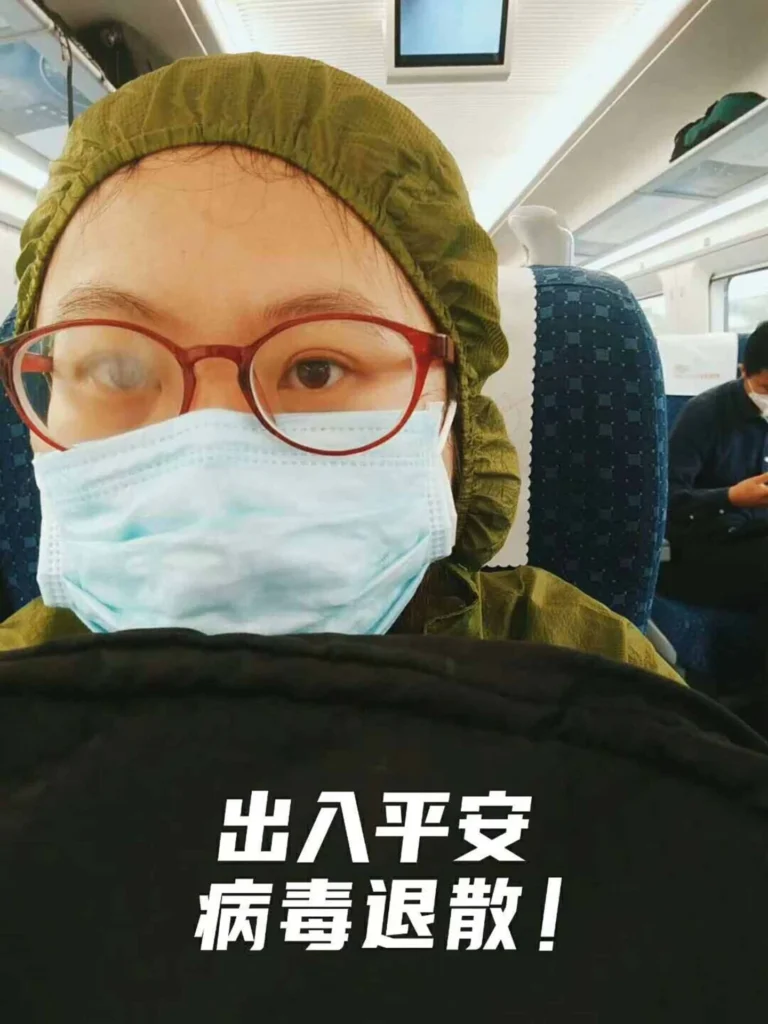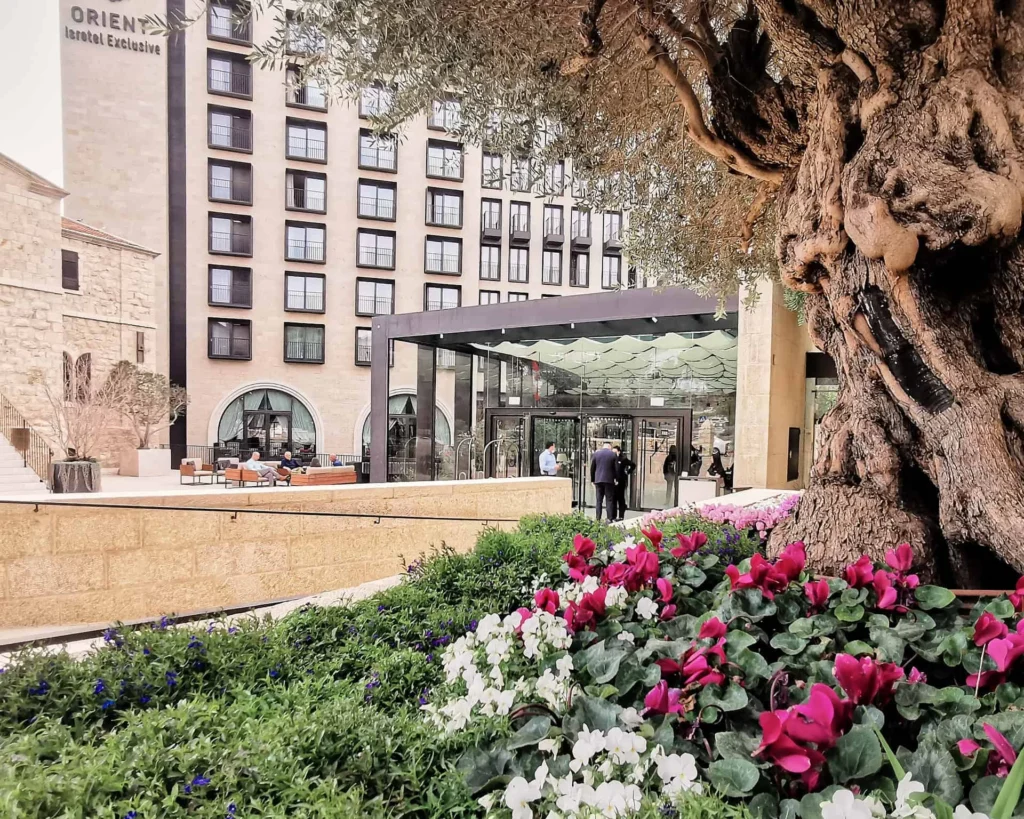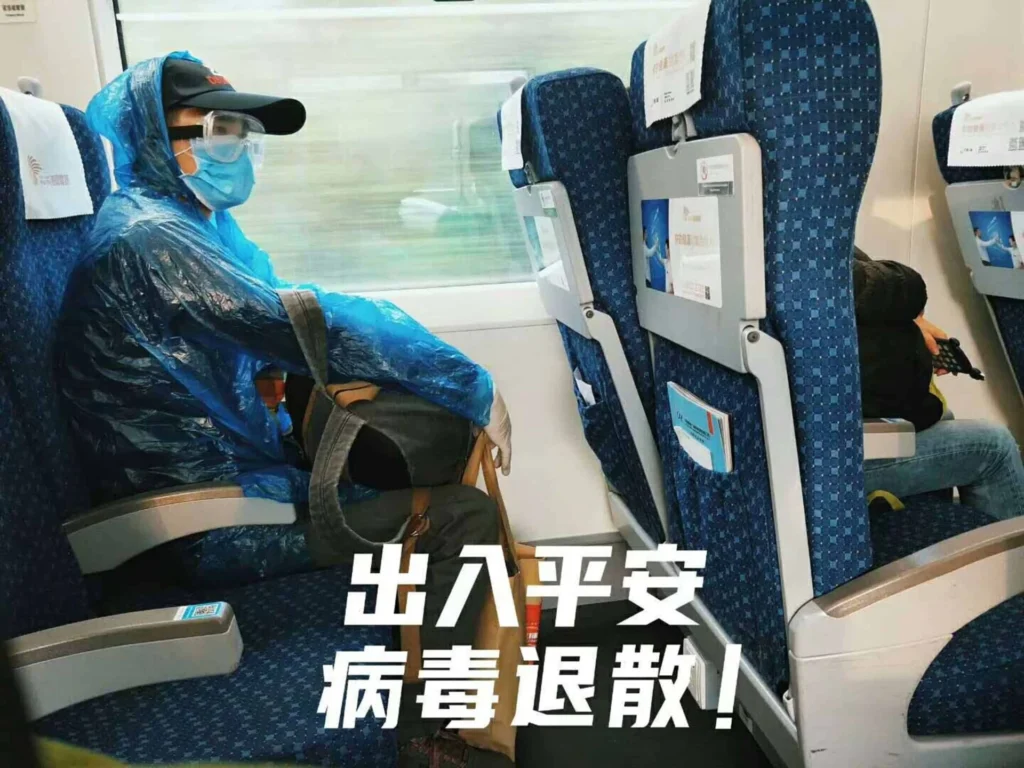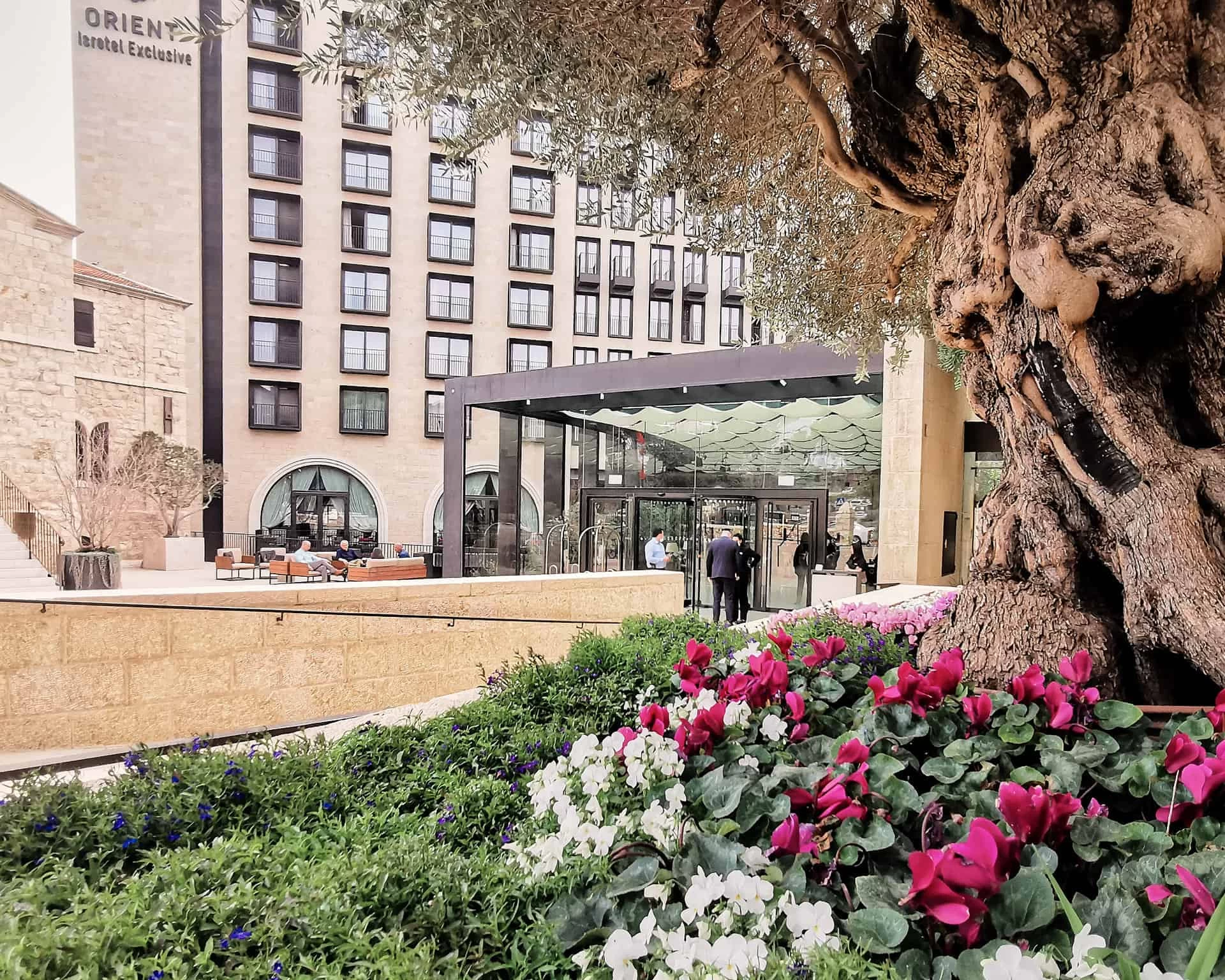Covid 19 | Putting masks and social distancing
While visiting China, it’s common to see people wearing protective masks in public areas. Many tourists also wear protective masks when guiding or giving lectures to Chinese groups. Let’s discuss the practice of wearing masks and maintaining social distancing with my friend, Miss Wu, who is a Chinese citizen.

Is there a mask culture in China?
Miss Wu: No, there isn’t a mask culture. We wear masks out of necessity. This method has successfully dealt with pandemics such as the Spanish flu and SARS. While we typically enjoy fresh air, these unprecedented times call for precautions to prevent the spread of the virus. Wearing a mask reduces the potential transmission of the virus. Currently, masks are available for purchase at pharmacies, and payment can be made using our citizen social assurance card. There are limitations on the number of masks one can buy. As Einstein said, “Imagination is better than knowledge,” prompting us to create homemade masks for hospital staff. We can use public transportation by presenting our health QR code but still avoid large gatherings. Unfortunately, this means we cannot enjoy pubs or movies as we used to. We sit alone or with our family in restaurants and coffee shops.

Neta: In Israel, there’s been a recent surge in demand for wearing masks, which may seem amusing to some. It’s challenging to find the best type of mask (N-95), prompting many to resort to homemade solutions. Some view it as a new fashion trend, and we anticipate advancements in personal protection. We’re adjusting to rapidly changing regulations, including avoiding social activities and opting for online meetings. Maintaining a 2-meter distance from others is crucial. We’re allowed short walks within 100 meters of our homes but must avoid gatherings. Organized gatherings of more than two people are prohibited, except for those in the same household.
Do you practice social distancing in China?
Miss Wu: There are no official restrictions on social distancing; it’s left to individuals to decide how close they feel comfortable being to others. Community management checks temperatures without maintaining social distancing. The recent May holiday provided an opportunity to reopen sites and focus on domestic tourism while preparing for a return to a new normal routine. A notable initiative in national parks is the distribution of 1-meter-wide hats to remind visitors to maintain distance from others. Personal QR codes indicate whether individuals require quarantine (yellow or red) or are healthy (green). As of April 2020, things have significantly improved in China, with restaurants and shops reopening. However, restrictions remain, such as dining alone inside a restaurant and the prohibition of public gatherings and weddings. Attending a wedding or sporting event during the epidemic poses risks to one’s health and is generally avoided.
To sum up, China relies heavily on masks for protection, while Israel is shifting towards mask-wearing and emphasizing social distancing. It’s clear that wearing masks has been effective in China’s fight against the epidemic. As we move forward, we may see new advancements in protective clothing, similar to what we see in science fiction movies. Let’s stay vigilant and open to new solutions as we work to keep ourselves and others safe during these challenging times.





